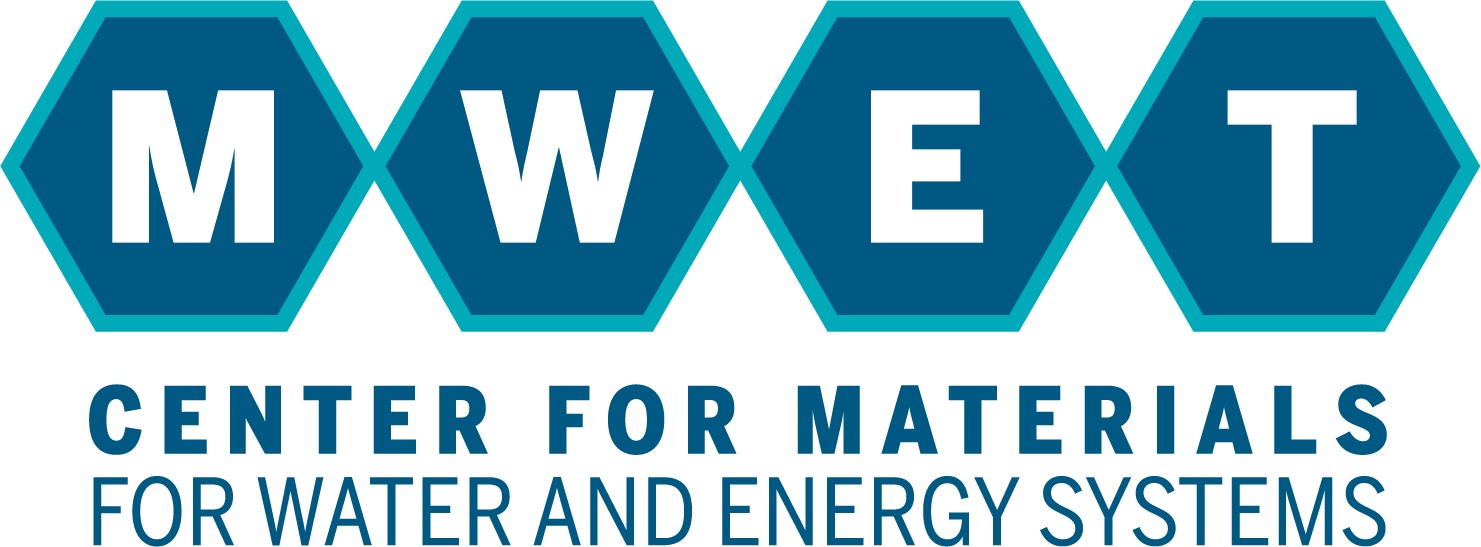
Location: EER 3.646 or by Zoom: 828 685 7838
Sponsor: Department of Energy (DOE) Energy Frontier Research Center (EFRC) Materials for Water and Energy Systems (M-WET)
Abstract
Selective separation of like-charged ions remains a critical challenge in applications such as water treatment and resource recovery. Electrochemical membrane-based separations offer a promising pathway to address this challenge, but a limited fundamental understanding of ion transport in charged polymer membranes hampers the development of highly selective materials. Inspired by the extensive history of specific ion effects (SIEs) in polyelectrolyte solutions, we examined the role SIEs play in governing ion transport through water-swollen charged polymer membranes (ion-exchange membranes or IEMs). Our investigation integrated experimental measurements of ion mobility for 15 different ions with all-atom molecular dynamics simulations to gain deeper insight into the molecular interactions underpinning SIEs. To unite the experimentation and simulation methods of investigation, we performed in situ measurements of ion/ion and ion/water interactions via Raman spectroscopy and differential scanning calorimetry, respectively.
Altogether, these data demonstrate that often-invoked membrane phenomena such as contact ion pairing and ion dehydration do not explain the different energetics of monovalent ion transport across the membranes. Instead, solvent-mediated ion interactions drive pronounced SIEs within the studied IEMs. The ion softness, i.e., the malleability of the ion hydration shells, from Hard/Soft Acid/Base (HSAB) theory emerged as a key predictor of transport energetics and simulated interactions. Impressively, HSAB theory not only describes the quantitative differences in ion transport within this dataset, but also predicts the deduced mechanism of solvent-mediated ion interactions. These findings begin to construct a mechanistic framework for designing membranes with tailored ion selectivity, which could enable the efficient separation of chemically similar ions.
Bio
Dr. David Kitto received his bachelor’s degrees in Chemical Engineering and Chemistry from the University of Minnesota and completed his doctoral studies with Professor Jovan Kamcev at the University of Michigan. He currently works with Dr. Chris Arges at Argonne National Laboratory as a postdoctoral researcher.
David’s research spans topics related to ion transport and charged polymers, from membrane synthesis and design to structure property relationships and transport investigations. His work has been recognized by recent awards including the 2024 North American Membrane Society Student Fellowship and the 2025 Eastman Chemical Student Award in Applied Polymer Science.

